

Play from custom buffer or RTSP source, support up to 5 channels with very low latency. Drone ground station video solution. RTSP multi-channel surveillance solution. High-performance, easy-to-use and reliable video access for Android within minutes.
Ramper is a free web3 SDK for DApps to onboard users quickly. For users that don’t already have a wallet set up — DApps can integrate Ramper to onboard them instantly using email, and have them purchase crypto directly in-app.
Brydge is an IoT SDK that connects offline devices to mobile apps using BLE, creating a secure connection and preventing data loss.
Merge Blueprint is a breakthrough AI-powered tool designed to streamline API integration development. By assessing an application programming interface's (API) structure, it translates these structures into consistent data schemas used in Unified APIs. With Merge Blueprint, anyone can contribute to Merge's Unified APIs, thereby accelerating the speed of integration development. This innovative solution is poised to transform the way developers approach API integration, making it easier and more efficient for all involved.
Cloudmersive is a cutting-edge AI-driven API that revolutionizes the way we consume information. This innovative technology enables users to instantly summarize lengthy articles into a few concise and relevant sentences, providing an efficient and time-saving solution for busy professionals, students, and researchers alike. With Cloudmersive, users can access high-quality summaries that capture the essence of the content, without compromising on accuracy or quality. Whether you need to stay up-to-date with the latest news, research a topic, or prepare for a presentation, Cloudmersive's advanced summarization capabilities make it easier than ever to get the information you need, when you need it.
Tyk is a revolutionary open-source API gateway and microservices management platform that streamlines the development of APIs. With its user-friendly interface, Tyk simplifies the process of creating and deploying APIs, making it possible for developers to focus on more critical aspects of application development. It offers a wide range of features, including policy management, analytics, throttling, and authentication, making it an ideal choice for businesses looking to improve their API management and accelerate their development process. In this article, we will explore Tyk in-depth and highlight its essential features and benefits.

Duolingo
Duolingo: Learn Spanish, French and other languages for free
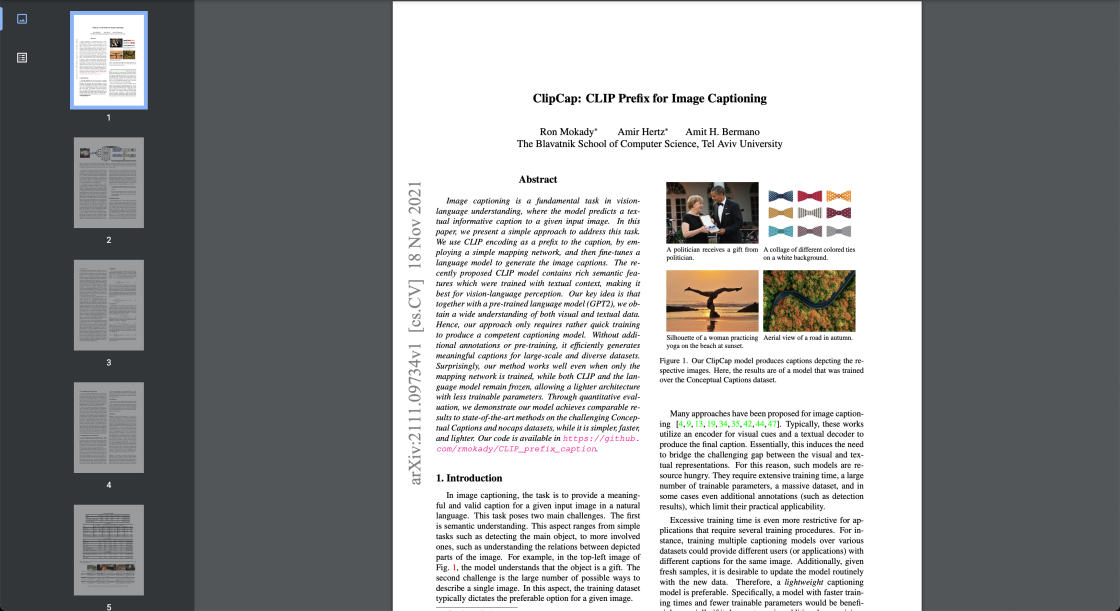
ClipClap
[2111.09734] ClipCap: CLIP Prefix for Image Captioning

Wolframalpha
Wolfram|Alpha: Computational Intelligence
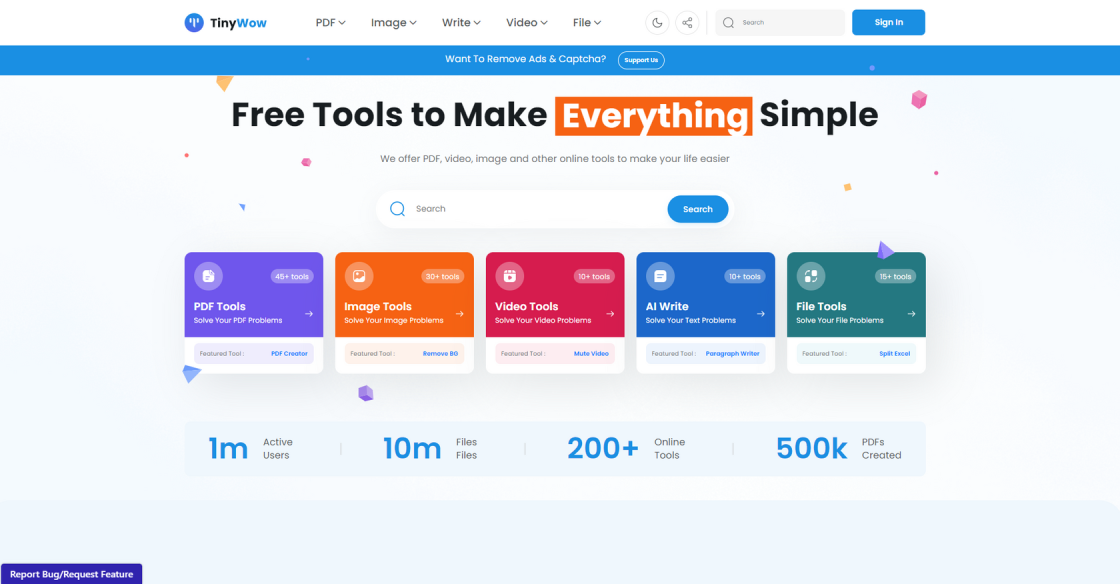
TinyWow
Free AI Writing, PDF, Image, and other Online Tools - TinyWow
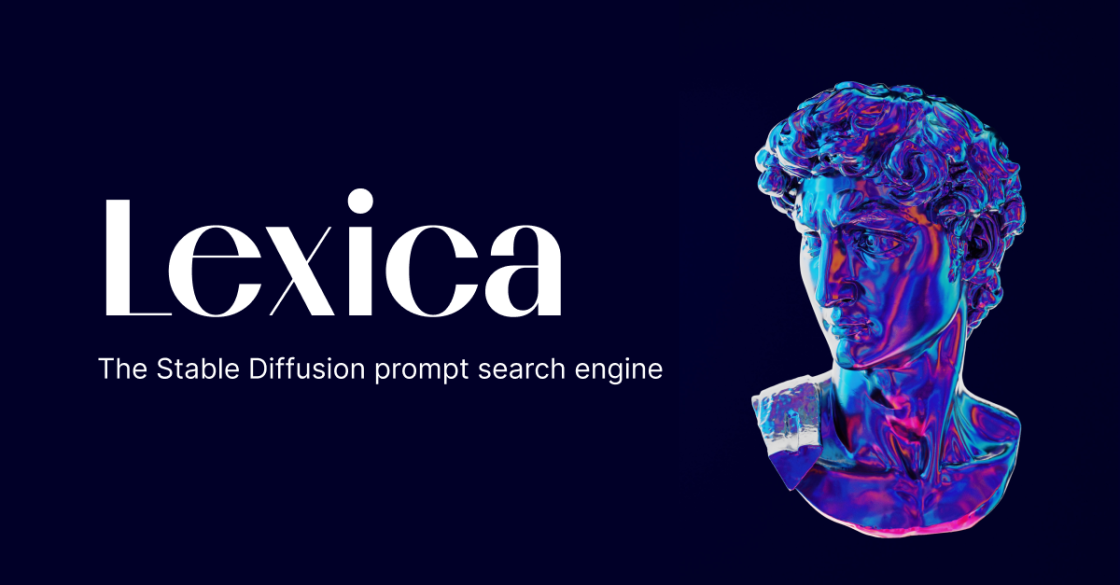
Lexica
The Stable Diffusion search engine.
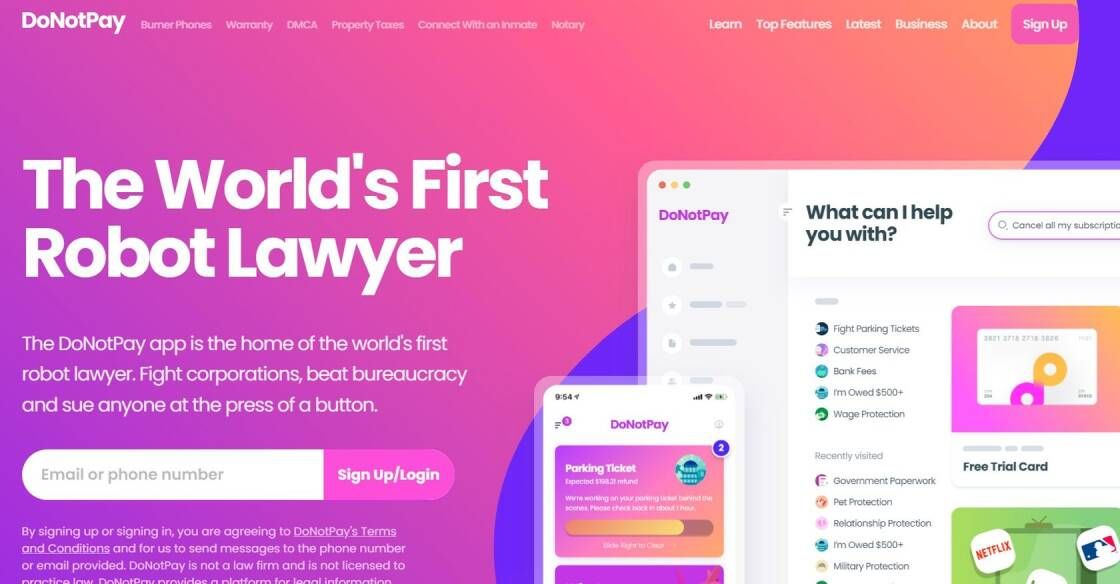
Donotpay
DoNotPay - The World's First Robot Lawyer

Erase.bg
Free Background Image Remover: Remove BG from HD Images Online - Erase.bg
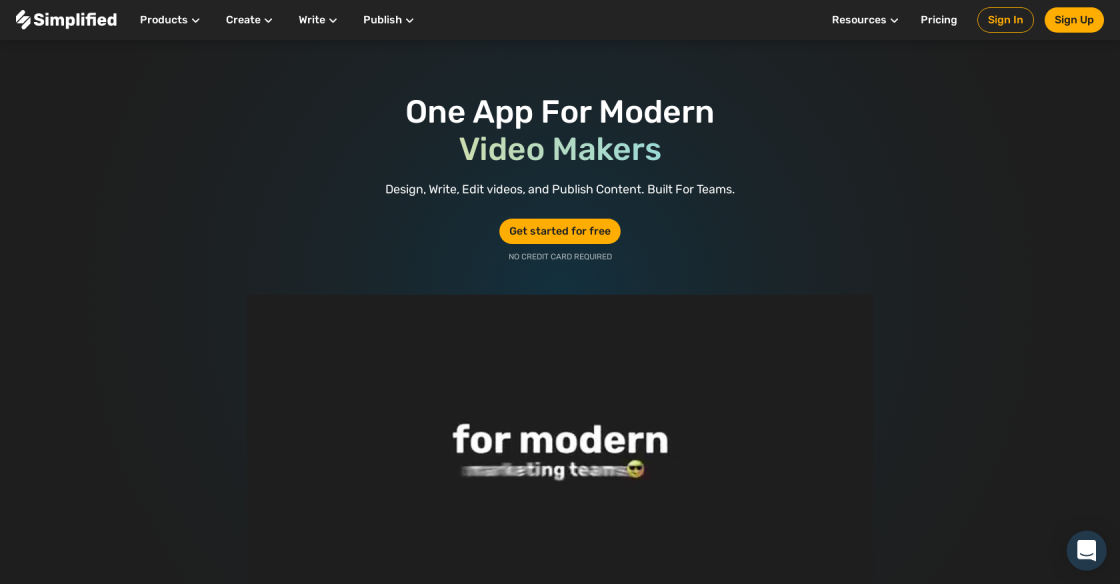
Simplified
Free AI Writer - Text Generator & AI Copywriting Assistant
Flask-RESTPlus is a popular Flask extension that simplifies the process of building REST APIs using Python. It provides a set of tools and conventions for creating scalable and maintainable APIs with minimal boilerplate code. Flask-RESTPlus offers features such as automatic documentation generation, input/output validation, and error handling, which makes it an ideal choice for both beginners and experienced developers. With Flask-RESTPlus, developers can focus on the core logic of their application and leave the API implementation details to the framework. The extension is built on top of Flask, a lightweight web framework, and uses popular Python libraries such as Werkzeug and Jinja2. Flask-RESTPlus follows the REST architectural style and supports all HTTP methods, making it easy to create CRUD (Create, Read, Update, Delete) operations for resources. In this article, we will explore Flask-RESTPlus in detail and see how it can be used to build robust and efficient REST APIs.
Flask-RESTPlus is a Flask extension that helps to build REST APIs quickly and efficiently using Python.
Flask-RESTPlus provides a number of features that make it easier to build REST APIs, including support for request parsing, input validation, error handling, and API documentation.
Yes, Flask-RESTPlus is designed to be easy to use, even for developers who are new to building REST APIs.
Yes, Flask-RESTPlus is designed to work seamlessly with other Flask extensions, making it easy to add additional functionality to your API.
Yes, Flask-RESTPlus supports multiple response formats, including JSON, XML, and YAML.
Yes, Flask-RESTPlus includes built-in support for authentication and authorization, making it easy to secure your API.
Flask-RESTPlus provides automatic API documentation generation through Swagger UI and ReDoc, making it easy to document your API.
Yes, Flask-RESTPlus is actively maintained by a community of contributors, ensuring that it stays up to date and continues to improve over time.
Flask-RESTPlus supports both Python 2 and Python 3, making it a flexible choice for building REST APIs.
To get started with Flask-RESTPlus, you can visit the official documentation on the Flask-RESTPlus website, which includes detailed examples and tutorials.
| Competitor | Description | Key Features | Price |
|---|---|---|---|
| Django REST framework | A powerful and flexible toolkit for building Web APIs. | Authentication, Serialization, Pagination, Throttling, etc. | Free and Open Source |
| FastAPI | A modern, fast (high-performance) web framework for building APIs with Python 3.6+ based on standard Python type hints. | Fast: Very high performance thanks to Starlette and Pydantic. | Free and Open Source |
| Pyramid | Pyramid is a small, fast, down-to-earth, open source Python web framework. It makes real-world web application development and deployment more fun, more predictable, and more productive. | Supports both Python 2 and 3, Traversal-based resource location, URL generation, etc. | Free and Open Source |
| Tornado | A Python web framework and asynchronous networking library, originally developed at FriendFeed. | Non-blocking network I/O, Highly scalable, etc. | Free and Open Source |
Flask-RESTPlus is a popular Flask extension for quickly building REST APIs using Python. It provides a powerful set of tools and features that allow developers to create scalable, maintainable, and flexible web applications.
Here are some things you should know about Flask-RESTPlus:
1. Easy to Use: Flask-RESTPlus is easy to use and requires minimal setup. It comes with pre-built components for handling common tasks like authentication, serialization, and error handling.
2. Built-in Swagger UI: Flask-RESTPlus includes an integrated Swagger UI that allows you to document your API endpoints and make them easily discoverable for other developers. This feature saves time and effort when it comes to testing and validating the API.
3. Comprehensive documentation: Flask-RESTPlus is well-documented and provides extensive resources for developers to get started. The documentation includes step-by-step instructions, examples, and code snippets that make it easy to understand and use the framework.
4. Flexible: Flask-RESTPlus is highly flexible and can be easily customized to suit your specific needs. It gives you the freedom to define your own data models, endpoints, and response formats.
5. Scalable: Flask-RESTPlus is built for scalability and can handle large volumes of traffic and requests. It uses lightweight components and optimized code to ensure fast response times and efficient resource consumption.
6. Active community: Flask-RESTPlus has a large and active community of developers that contribute to the development and improvement of the framework. You can find help, support, and guidance on various forums and channels.
In conclusion, Flask-RESTPlus is a powerful and versatile framework that simplifies the process of building REST APIs using Python. Its ease of use, comprehensive documentation, flexibility, and scalability make it a popular choice among developers looking to create robust and reliable web applications.
TOP